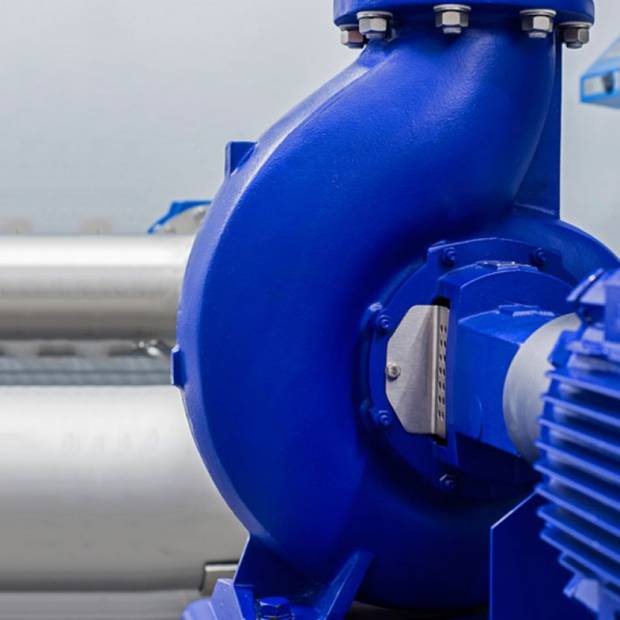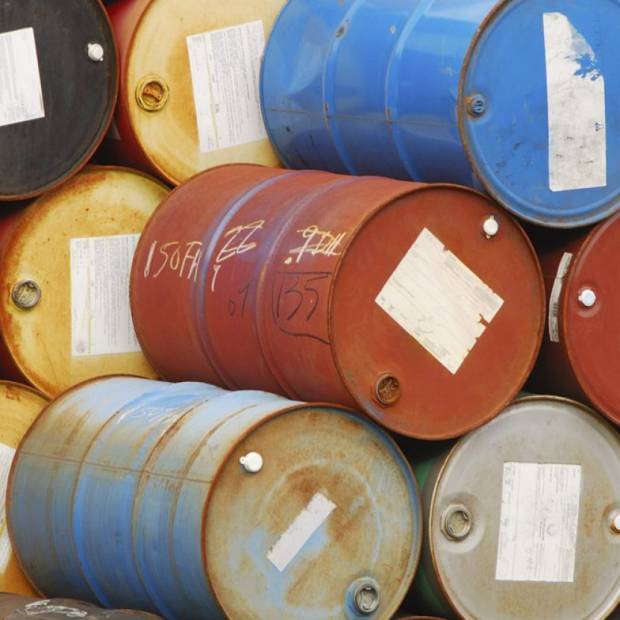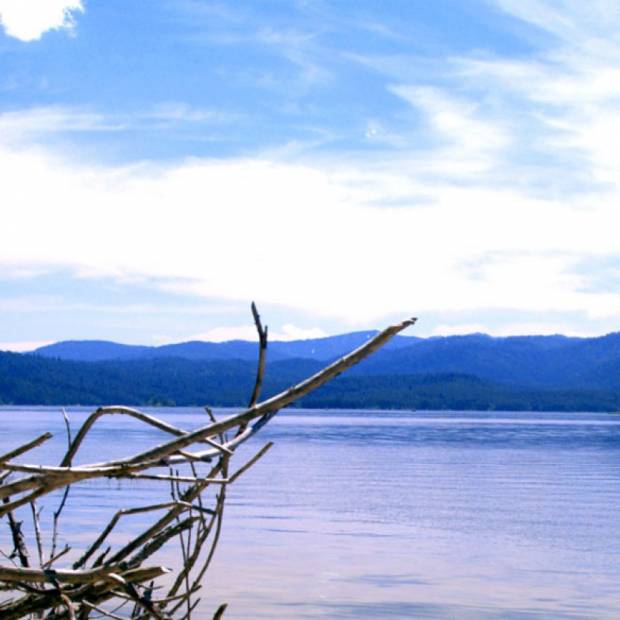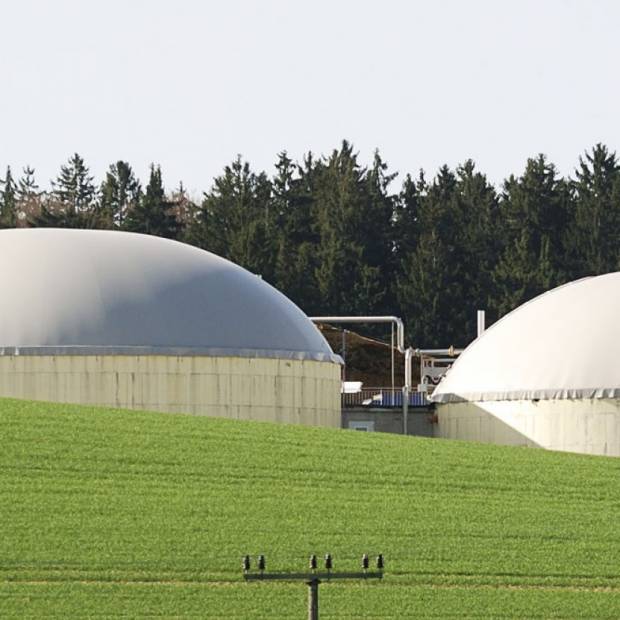
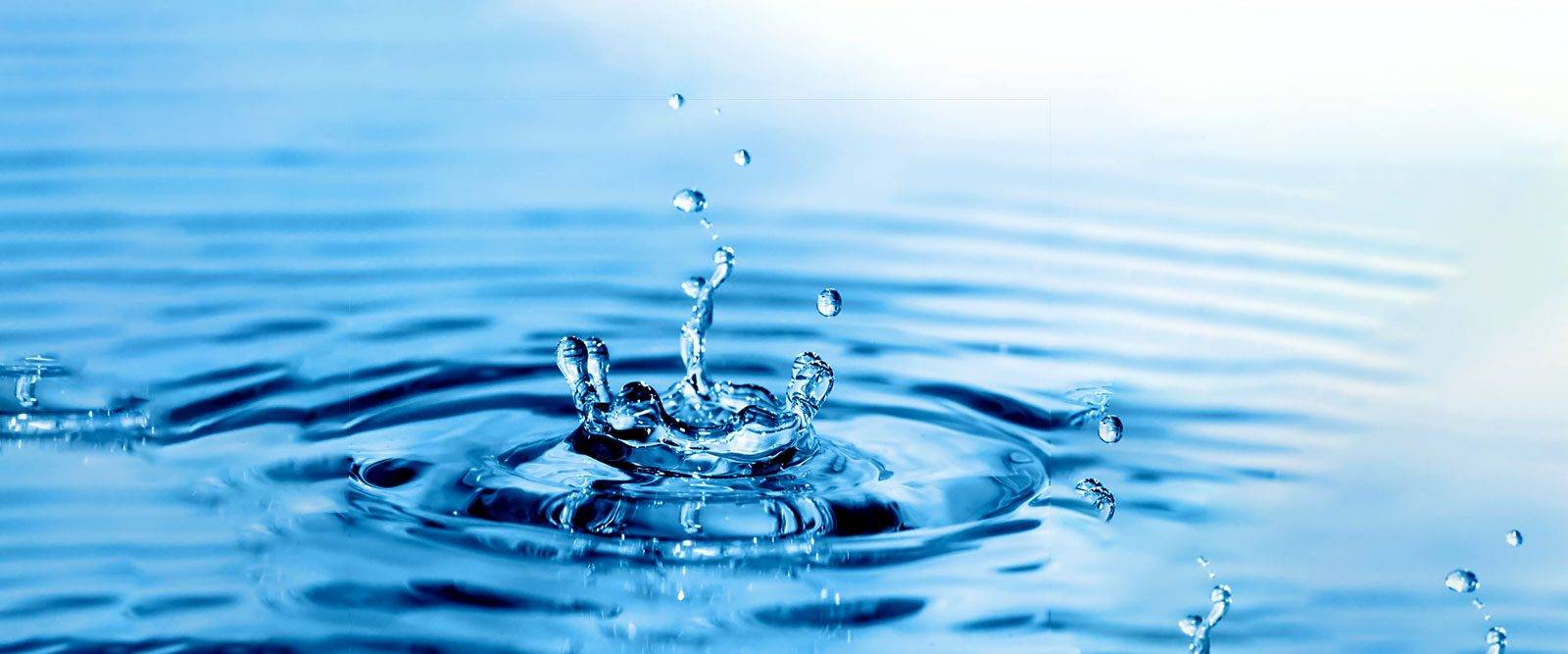
Water footprint
This was the first project in Brazil to apply the water footprint methodology to a company’s entire cycle. The project covered the full production chain, formulation stages, use and discharge. It also established and assessed criteria for water stress and regional water vulnerability.
GEOKLOCK is a forerunner in this sector and has been a member of the Water Footprint Network since 2011 – when the company developed its first complete cycle studies, with the accounting of green, blue and gray water footprints.
This project, from 2015, combined expertise in the following areas:
- Water balance of production units;
- Structuring and collection of data on the supply chain;
- Development of models for use and discharge;
- Ecotoxicological approach.
A detailed map of water stress at micro-basin level was developed to support the calculations of the water footprint, as per Pfister, Koehler & Hellweg’s methodology (2009). The calculations consider water availability, consumption, rainfall variation and regulation with dams.
Water footprint calculations followed the ISO 14046 guidelines and the methodology developed by Ridoutt & Pfister (2012). The consumptive water use (CWU) and degradative water use (DWU) indicators obtained were weighted according to global reference scales.
All stages of the life cycle of the products were assessed, along with the associated water footprints that were calculated, including:
- Extraction and processing;
- Formulation and distribution:
- Stages of use and discharge;
- Indirect processes, such as water production and power generation, were also considered.
The findings identified opportunities for improvement in products, based on the relevance of the composition of some environmental impacts, and provided a comprehensive and realistic panorama of the value chain.
Water management was given a new and more modern management platform, designed so as to allow the effective control and tracking of external factors inherent to water issues.


